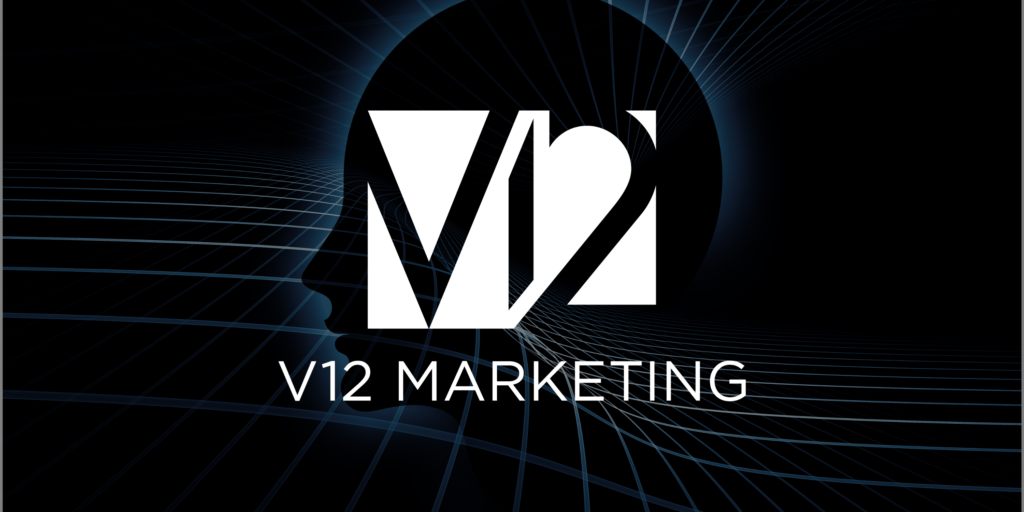
Mind mapping is one tool that has endured because of its ease of use and efficiency.
Mind mapping can assist you in visualizing and elucidating your ideas, whether you’re working on personal objectives, corporate strategy planning, or marketing campaign brainstorming. Let’s examine the definition of a mind map, its operation, and the reasons it’s such an effective tool for original problem-solving.
What exactly is Mind Mapping? 🤔
Mind mapping is a graphic that is used to arrange information visually. Fundamentally, a mind map starts with a main concept, issue, or topic printed in the middle of the page. Each branch, which represents a subtopic or related thought, extends outward from the central point. A hierarchical structure of information can be created by further dividing these branches into smaller branches.
Mind maps take advantage of the brain’s innate propensity for associative thought. Unlike typical note-taking, which involves listing information in a linear fashion, mind maps use connections and interconnections to generate a visual representation of information that reflects how our minds naturally function.
Essential Components of a Mind Mapping 📍
- Central Idea: The main idea or issue you’re trying to solve. This is positioned right in the middle.
- Branches: Lines that symbolize major subjects or categories and radiate out from the main theme.
- Keywords and Phrases: Brief, to-the-point words or phrases that encapsulate a concept.
- Colors and Images: To make the map more interesting and memorable, use visual components like colors, symbols, or photos.
- Hierarchy: Sub-branches that divide highly complex subjects into smaller, more manageable chunks.
The advantages of using mind mapping to solve problems ✅
- Boosts Creativity: Mind maps facilitate the generation of fresh concepts and solutions by promoting free association and visual thinking.
- Clarifies Complicated Issues: Analyzing and resolving complex issues is made simpler when they are divided into smaller, easier-to-manage components.
- Enhances Memory Retention: Information is easier to recall when words, pictures, and structure are combined.
- Encourages Collaboration: Mind maps are an excellent tool for group brainstorming sessions because they can be shared and co-created.
- Saves Time: Without needing long explanations, the visual format enables you to prioritize activities and rapidly arrange your thoughts.

How a Mind Map Is Made ✍️
Making a mind map is easy and can be done with digital tools, whiteboards, or pen and paper. Here is a detailed guide:
- Start with the Central Idea: Write your primary issue or topic in the middle of the page, then around it with a circle.
- Add core Branches: Label each line with a primary topic or category as it radiates forth from the core concept.
- Extend using Sub-Branches: Include related subtopics or concepts in each main branch by adding smaller branches.
- Employ Visuals and Keywords: To improve comprehension, include pictures, symbols, or colors along with succinct keywords for each branch.
- Review and Improve: Make sure your mind map is thorough and well-structured by going over it again. Branches can be added or rearranged as necessary.
Resources for Mind Mapping 📈
- Paper, markers, sticky notes, and whiteboards are examples of analog tools.
- Digital tools include programs like MindMeister, XMind, and Miro, as well as more straightforward programs like Google Drawings and Microsoft PowerPoint.
- Mind map applications in marketing and business
Brainstorming Campaign Ideas: Marketing teams might use mind maps to investigate novel ideas for taglines, concepts, or advertising tactics.
- Strategic Planning: Arrange objectives, materials, and schedules in a methodical manner.
- Material Creation: Create plans for social media material, blog entries, or video scripts.
- Visualize: The steps a consumer takes from awareness to conversion with customer journey mapping.
- Team Collaboration: Lead fruitful meetings for project planning and brainstorming.
- More than just a diagram: A mind map is a dynamic and adaptable tool that uses the brain’s innate capacity for visual thought and connection-making.




